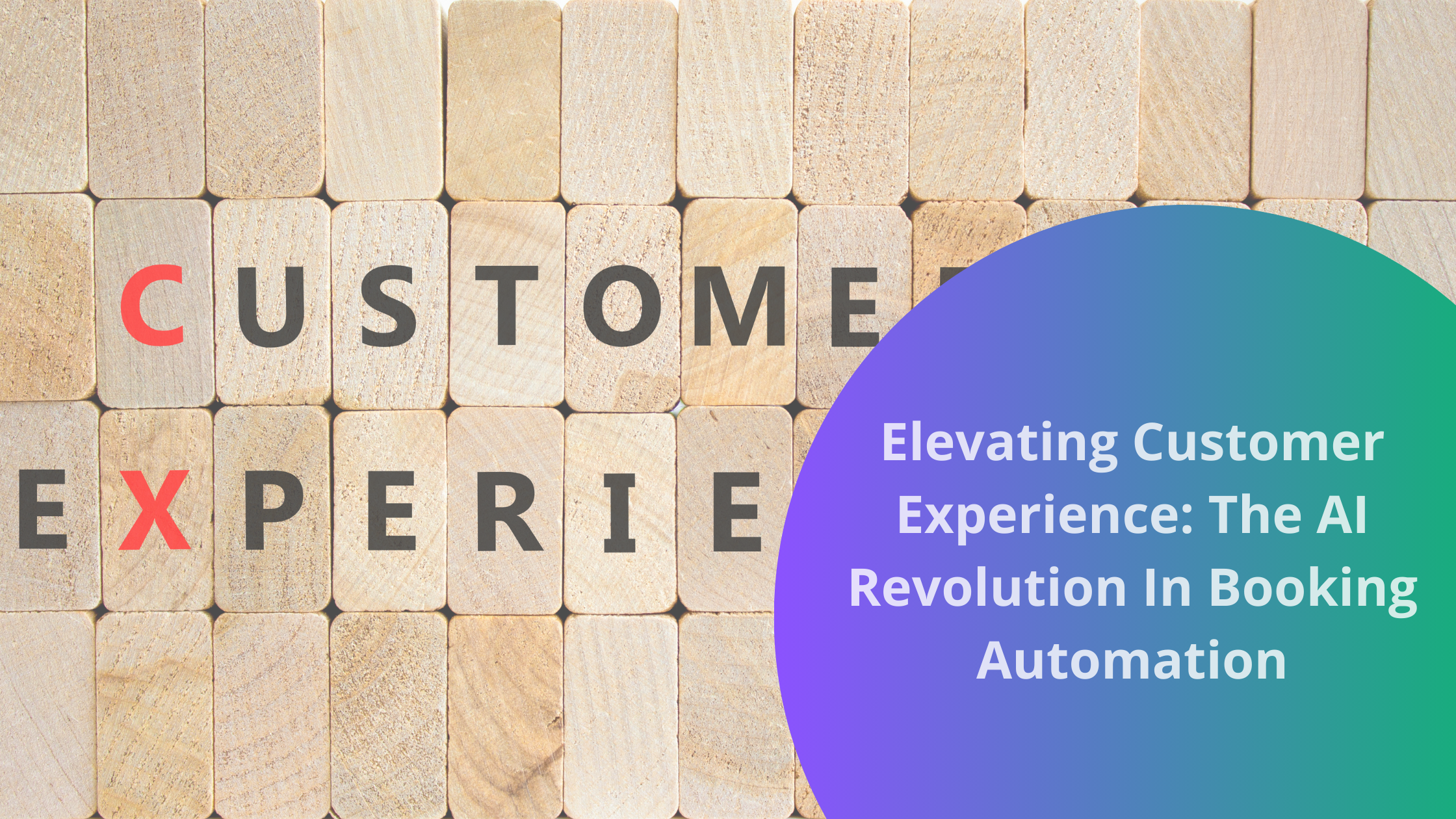Remote work is on the rise, with 16% of companies in the US hiring exclusively remote teams. And for a good reason.
Remote workers are happier and more productive than their co-workers performing the same tasks in an office location. However, there’s no doubt that remote teams have their own unique set of challenges — especially since you are managing teams that operate outside of your physical walls.
Access planning and management is a complex process that requires many different departments and technologies to work together.
But don’t fret. In this post, we share six tips to help you implement a successful access planning and management system for remote teams.
Let’s dive in.
1. Cover all stages of the employee lifecycle
Creating an access planning and management plan is an essential part of safeguarding sensitive data within your organization because it:
- Provides a structured approach to managing employee credentials across an organization.
- Helps you mitigate security risks by identifying and managing privileged users (e.g., admins vs. developers vs. sales teams).
- Guarantees compliance with regulations such as GDPR and HIPAA for sensitive data in your organization.
If sensitive data falls into the hands of an unauthorized user, it can cause severe damage to your organization’s reputation. And a reputation is tough to rebuild.
Your access planning should start with the onboarding process and follow the employee lifecycle to the end. It should cover these six lifecycle sequences:
- Requesting access
- Verification
- Providing rights
- Monitoring identity status
- Logging and tracking access
- Removing or restricting access rights
The six-step strategy helps avoid any sensitive information from slipping through the cracks, with one of the most critical steps falling on the immediate access removal when a remote worker leaves the company. Also, by implementing a collaborative flowchart, you ensure that the team is on the same page about access protocols. This visual representation helps streamline communication and clarifies who is responsible for each stage of the process.
2. Leverage the proper tools and technology
When managing remote teams, ensuring that your employees have access to the right resources can be challenging. That’s why you need to invest time into access planning and management.
Access planning involves creating a plan for how your employees will access the information they need to do their jobs. This planning includes everything from getting into their email accounts and tracking email deliverability to how they access your company’s intranet site or cloud-based software platform.
Access management is then about ensuring that these plans are followed, which includes things like making sure passwords are adequately secured and that employees are using two-factor authentication when available. Or you can use identity and access management (IAM) tools to provide employees with appropriate access levels and end the need for manual approval processes.
Having a remote team doesn’t mean you can only rely on technology to free you of physical constraints. Sometimes it’s necessary to deliver physical documents that hold sensitive information to other team members or clients. In these cases, partnering with a company that offers secure courier services is the way to go.
The key is finding AI tools for business that streamline workflows without compromising data integrity.
3. Make sure your policies are up-to-date
Review access policies regularly (e.g., quarterly or annually) or when there’s a change in technology or circumstances that could impact the effectiveness of your existing policies. For instance, when a new member joins your organization.
It can be hard to share access policies with remote employees when you can’t have an in-person meeting or full-blown orientation. That’s what makes video an excellent option for instructing remote teams.
If you are unfamiliar with video editing, Quicktools by Picsart has a simple and easy-to-use editing feature that can help you make an educational video to share with your teams. And suppose you want to include additional information in your videos for every new employee. In that case, you can use AI tools like a paraphrase generator to add a tailored message to each employee as they onboard to their appropriate team.
Of course, user access is different for each team member within your organization. These tools allow you to create a personalized video to quickly get your new employees up to speed and seamlessly integrated into their team without much delay.
4. Align your overall data security, privacy and compliance goals
Make sure your access plan aligns well with your data security, privacy, and compliance goals. This process includes understanding what information your users need and how they want to consume it.
For example, access planning and management depend on how you store your company data. Do you have your own data center, or do you use a colocation data center? What does your data center infrastructure management look like? Different systems have different features that’ll change how you view access planning and management.
Working with remote teams located across various locations stands to exasperate cybersecurity and information security risks.
While there are plenty of IAM tools and solutions that help seal most vulnerabilities that come with this, they have to be paired with a robust data security policy, along with an identity & access management checklist.
Other questions to keep in mind:
- What are your compliance policies?
- Are you required to adhere to specific data privacy laws?
- What data security measures do you already have in place?
- Do you have one central system or multiple siloed systems?
5. Create a collaborative effort across departments
Each department within your organization should participate in the planning and implementation of the access management process. For example, your information technology (IT) and human resources (HR) departments should work together to define roles, responsibilities, and procedures. By working together, it’s easier to talk through the access planning processes, including approvals for new users, changes in roles/responsibilities, or removals from the system.
A collaborative effort is also necessary to determine what type of approval or denial to issue based on user roles and responsibilities within your organization. For example, many times, you are working on a project and have the opportunity of working with outside freelancers, such as graphic designers, project managers, and virtual receptionists. So how do you deal with contract employees that also need company access to systems?
You can grant approvals based on several factors, including:
- The employee’s role within the organization
- The nature of their work duties
- Their overall tenure with the company
A collaborative effort to determine these factors will help guarantee the proper precautions and improve your organization’s overall security.
6. Keep a close eye on access reporting and tracking
Tracking and reporting who has access to what information is equally as critical to the success of your access planning and management strategy. Otherwise, how will you know if someone is abusing their privileges?
- Track who has access to what systems: How often are people using each system? Is there an idle system that doesn’t get much use by a certain department? Is access necessary?
- Audit access regularly: Make sure all users follow your policies by regularly auditing logins and changes and comparing them against policy requirements.
- Revoke privileges when people leave the company: Don’t let rogue employees continue using their privileged access after they’ve quit.
It’s essential to understand the effectiveness of your program by measuring the number of requests, approvals, and denials, as well as the reasons for these actions.
Wrapping up
The key is to build an effective access planning system that’ll scale with your organization as it grows and expands. Develop a process that’s easy to use and involves all the necessary stakeholders in your organization.
Access management should also be flexible enough to evolve while still ensuring compliance with industry regulations like General Data Protection Regulation (GDPR) or Health Insurance Portability Accountability Act (HIPAA).
With proper access planning in place, you can streamline your access management without sacrificing the security of your proprietary company information.




